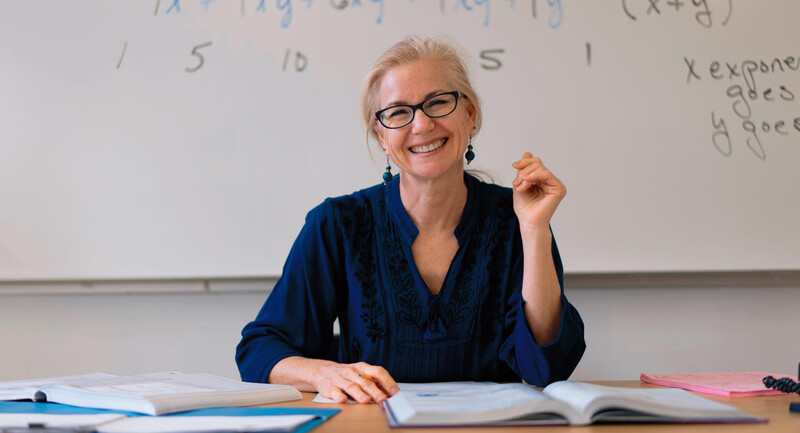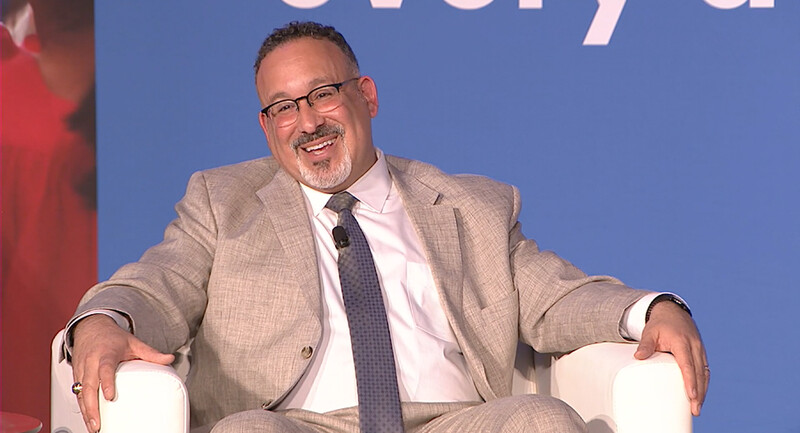Over the past 18 months, states and school districts have received more than $189 billion in emergency federal K-12 funding to help them respond to the challenges of COVID-19.
It is, by any measure, a staggering amount of money. And yet the amount is entirely necessary and may, in fact, still be insufficient to meet the overwhelming needs created by the global pandemic. Besides this emergency funding, the Biden administration is proposing significant increases to federal K–12 education programs in FY22 as part of the annual appropriations process.
As would be expected with such an enormous investment, there is a great deal of scrutiny around how funds are spent. At the aggregate level, it is relatively easy to see the distribution of funds to states. But it is more challenging to know the details of funding allocated from states to districts and districts to schools. For this reason, ASCD wants to know how your district or school is using this financial support (see below for more information).
The U.S. Department of Education is tracking the percentage of emergency COVID-19 funding that each state has already spent, ranging from 13.8 percent in Alaska to 35.8 percent in Iowa. But what those funds have supported at the local level is less clear. Some federal policymakers have also expressed consternation about whether the pace of spending is appropriate or needs to be sped up.
Understanding this flow of federal funding is also complicated by the fact that the government allocated it using three different programs, with slightly different allowable uses of funds and varying deadlines by which the funds must be obligated.
States and districts received $13 billion via the CARES Act, $54 billion from “ESSER II,” and $122 billion through the American Rescue Plan (ARP). Generally speaking, the funds can be used for any activity authorized under ESEA, IDEA, and Perkins or for coronavirus mitigation or remediation strategies such as improving indoor air quality, summer and after-school learning programs, student meals, and distance education (among many options).
The spending deadline for CARES funding is September 30, 2022; September 30, 2023 for ESSER II funding; and September 30, 2024 for ARP funding.
What’s Your Take?
ASCD is seeking the input of school and district leaders in a short and informal survey to gain a better picture of how schools and districts are using their funding, what their future spending plans are, and the successes and challenges school leaders are experiencing in allocating the federal emergency funding.
Your responses will help ASCD provide educators useful insights into how schools and districts are using these funds. It will also help ASCD tailor its advocacy and professional development offerings to best meet the needs of school leaders and educators at this pivotal time.
Please complete the survey by January 1, 2022. It should take no more than 10 minutes to complete and all responses are anonymous.








